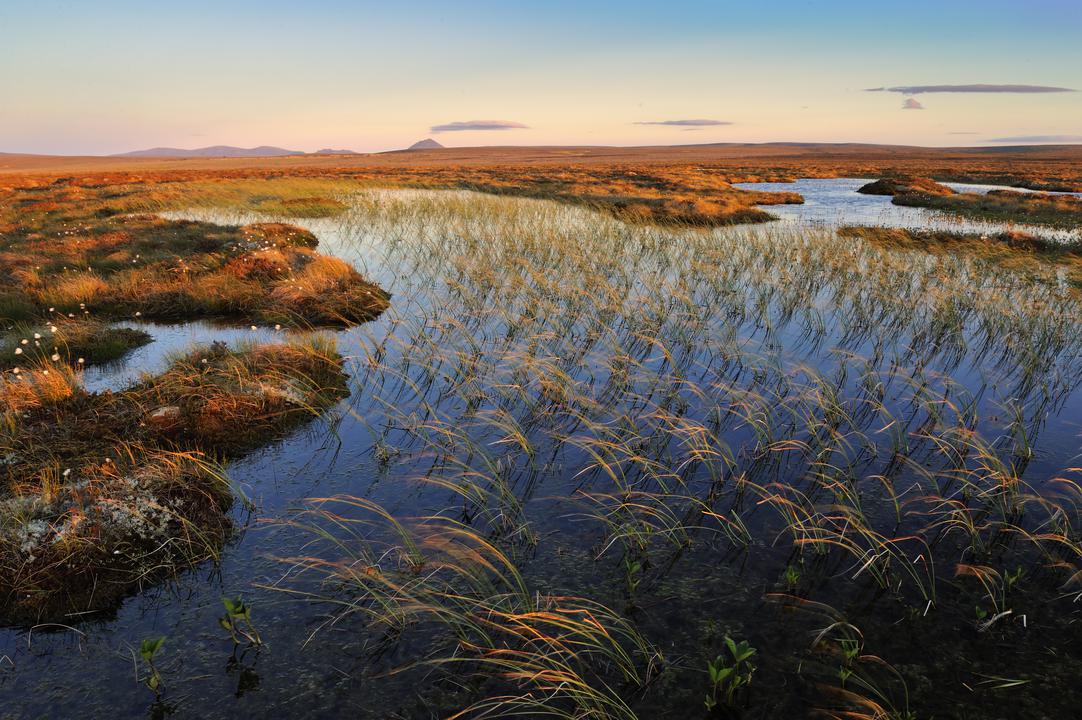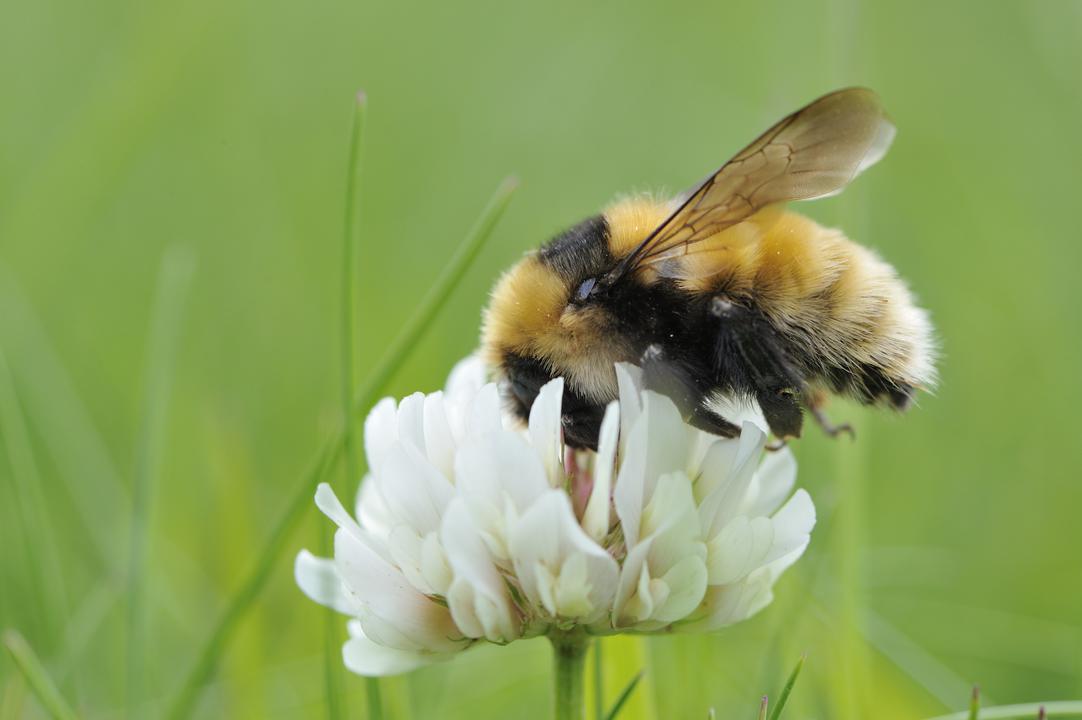
©Lorne Gill/SNH/2020VISION
A NEW report reveals progress made to tackle biodiversity loss in Scotland and the challenges ahead.
NatureScot has published its Biodiversity Duty Report 2018-2020, detailing the work done in recent years to tackle nature loss.
Achievements include putting more than 25,000 hectares of Scottish peatland on the road to recovery to lock in carbon, improve water quality and reduce flooding.
A partnership has also been established to protect habitats for some of Scotland’s most endangered species including the great yellow bumblebee, lapwing, curlew, and the Scottish primrose.

©Lorne Gill/SNH
NatureScot has also created a genetic diversity indicator for wild species that can be used by any country in the world to help ensure maintain genetic diversity for the future.
However, the organisation says there is still more work to be done.
NatureScot Chief Executive Francesca Osowska said:“Nature is in crisis. We’re very proud of the progress we’ve made in the last three years, but this is just the beginning of the campaign to reverse biodiversity loss and protect our nature.
“Covid-19 has exposed acutely and cruelly how the relationship between people and nature has broken down. But from this dark period there is light. We have seen new awareness of the importance of nature in all our lives – for our health, welfare and survival, to help tackle climate change, and in rebuilding the economy.
“With both the global targets on biodiversity and climate change being set this year through COP15 and COP26, 2021 gives us a uniquely special opportunity to demonstrate the fundamental importance of improving the state of nature. Our future depends on it.”

